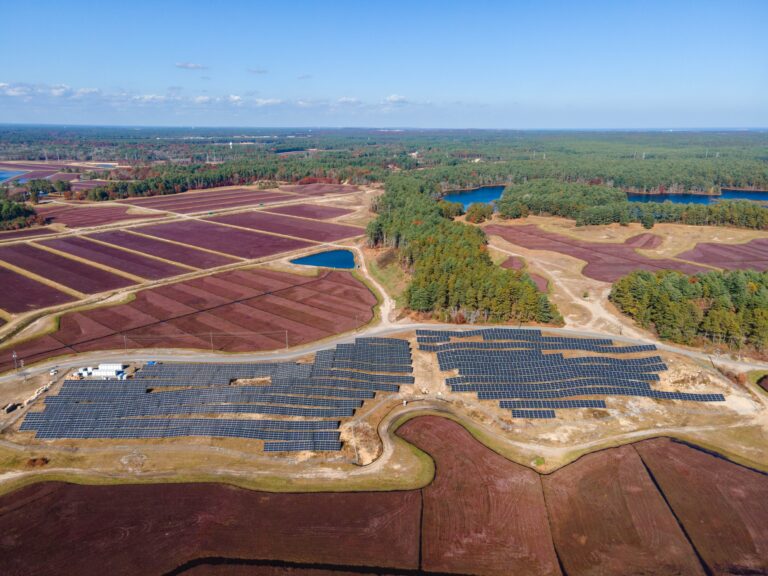
Tags :
Community Solar,Community Solar Legislation
At Syncarpha, our mission is to remove the roadblocks to widespread adoption of solar energy across the United States. As part of this effort, we stay informed about the latest research and innovative approaches in the field. A recent study by Anthony Sandonato, Bentham Paulos, and Greg Leventis from Lawrence Berkeley National Laboratory provides valuable insights into alternative models for developing community solar projects in states that lack specific enabling policies—what the study refers to as “opportunity states.” Here, we will summarize the study’s findings and share Syncarpha’s perspective on how these innovative models can align with our vision for community solar.
The Lawrence Berkeley National Laboratory study outlines the hurdles developers face when implementing traditional community solar models in states without enabling policies. These models often rely on virtual net metering (VNEM) and third-party ownership to deliver benefits directly to subscribers’ utility bills. However, in many opportunity states, the lack of regulatory support for VNEM and third-party agreements makes implementing these models challenging.
Despite these challenges, the study emphasizes that there are alternative pathways that can work within the existing regulatory frameworks of opportunity states, allowing solar benefits to reach underserved communities.
The study identifies three promising models for advancing community solar in states without enabling policies:
Developers can create Community Benefit Funds to convert the value of solar energy into cash, which is then distributed to community beneficiaries, such as low-income households. This model bypasses the need for VNEM or bill credits, which are often not available in opportunity states.
At Syncarpha, we believe this model is an excellent way to ensure that solar energy benefits extend beyond just utility savings, directly supporting communities in need.
Another innovative model discussed in the study is cooperative ownership, where a member-owned cooperative develops and owns a solar project, with dividends paid to the members. This model emphasizes local ownership and control, diverging from the typical subscription-based approach.
Syncarpha recognizes the power of cooperative models to democratize energy production and allow communities to take ownership of their energy futures.
The study also explores how reconfiguring solar projects or using advanced technologies can work within existing state policies to deliver benefits. For instance, behind-the-meter solutions for multifamily buildings or community spaces can provide tenants with direct reductions in grid consumption.
Syncarpha is committed to leveraging technology and innovative project configurations to make community solar viable in opportunity states. Whether through energy storage integration or creative wiring solutions, we aim to maximize the reach and impact of solar projects.
Note: There’s a reason not every developer chooses an alternative path, and it’s mainly due to the complexities and levers that need to be coordinated with host customers, utilities, or the municipality. However, the report provides some interesting case studies from projects that have taken innovative approaches to overcome the legal barriers.
While the study by Lawrence Berkeley National Laboratory provides an overview of the challenges and opportunities in developing community solar in states without enabling policies, Syncarpha sees these alternative models as necessary in some cases.
As we continue to engage with the latest research and innovate in the field, Syncarpha remains dedicated to developing solutions that are not only effective but also inclusive and equitable.
Contact Syncarpha
[email protected]
Interested In Joining Community Solar?
For more information on how to join community solar with Syncarpha, get in touch with our support team through email at [email protected] or call us at (888) 55-SOLAR